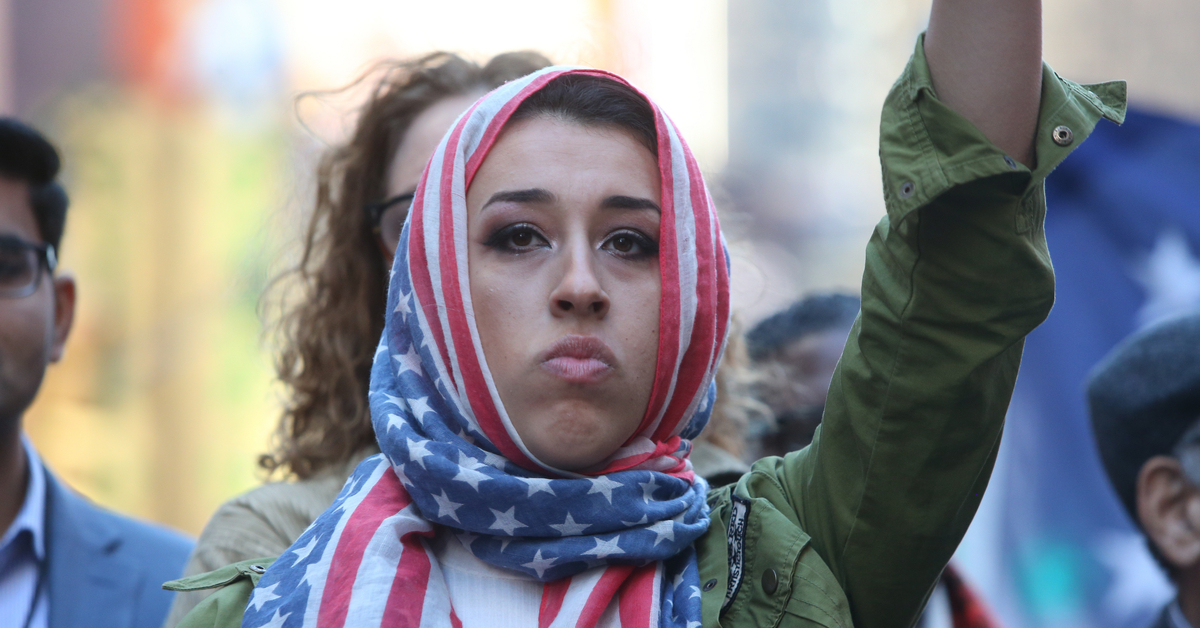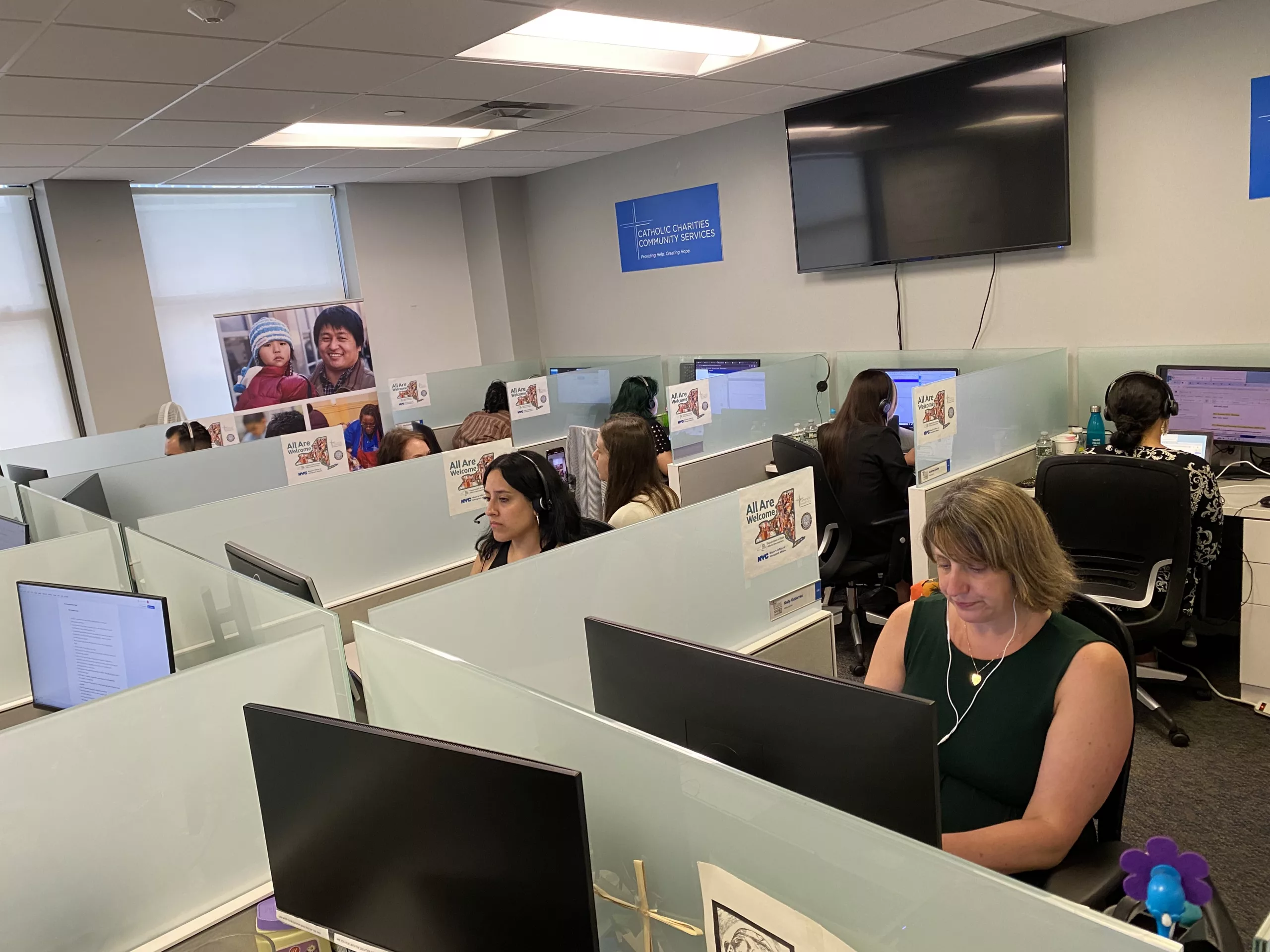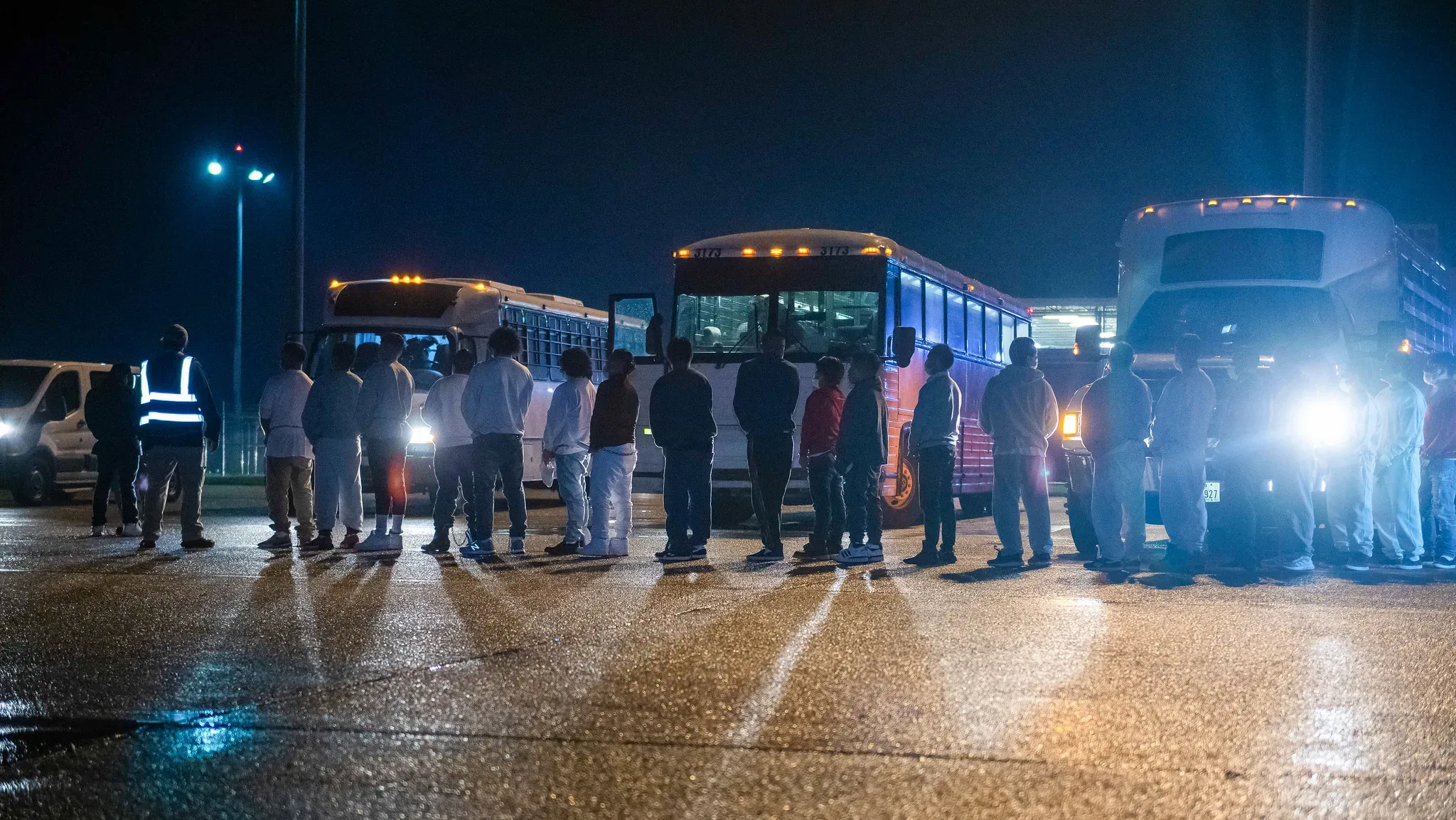Just weeks before President Donald Trump took office and signed executive orders restricting immigration at the U.S.-Mexico border, S.B., an Afghan writer based in New York City, reunited with her brother, who had made the journey across the border a month earlier. It was her first reunion with a family member since she left Kabul six years ago.
At the time of the Taliban’s takeover following the United States’ rapid military withdrawal in August 2021, S.B., who only shared her initials for privacy concerns, was in China pursuing her studies. She watched her homeland collapse into chaos from afar as thousands of civilians died and millions were displaced.
Desperate for safety, S.B. arrived in New York City on a student visa in 2022, relying on scholarships and the kindness of strangers to make ends meet. More than three years later, millions continue to flee the Taliban’s rule and seek refuge in countries like the U.S. while neighboring countries such as Pakistan, Iran and Turkey close their doors.
But now the Trump administration is working on a new travel ban, reported earlier this month. This would be similar to the one enacted during his last term where travel from seven countries was banned for 90 days: Iran, Iraq, Libya, Somalia, Sudan, Syria and Yemen. This time, Afghanistan is expected to be one of the newer countries added to the list.
The final draft is anticipated in the coming weeks, and if implemented, it would bar Afghans from entering the U.S., cutting off one of their last remaining pathways to asylum.
Also Read: Trump’s New Executive Order Could Silence Foreign Critics, Not Just Pro-Palestine Protesters
“These people left their homes to find safety and live a somewhat normal life – whether for economic reasons or escaping war,” said S.B. “And now, people like my brother [who still hasn’t started the immigration process] are scared of being deported.”
Global Borders Tighten
In the face of the new executive orders pouring in, Annie Pforzheimer, former U.S. diplomat to Afghanistan and deputy chief of mission in Kabul from 2017 to 2019, strongly advocates for the U.S. government and international community to provide asylum to Afghan refugees.
Even before President Trump’s orders, asylum seekers faced years-long waits for their immigration applications to be processed. As of December 2023, New York State had 269 Afghan asylum cases in backlog, out of a total of 153,526, according to the Transactional Records Access Clearinghouse (TRAC). This is over six times the average number from previous years, with applicants often waiting years for a hearing date.
But in the first days of his term, President Trump also signed an executive order that suspended the relocation of refugees, leaving around 1,660 Afghans stranded in Pakistan after their flights to the United States were canceled. These individuals had already undergone a thorough vetting process for resettlement in the U.S. Although a federal judge later blocked the order, a panel of the 9th U.S. Circuit Court of Appeals partially upheld it, affirming the president’s authority to restrict entry unless further legal action changes the situation.
“The executive order to halt refugee processing and even cancel flights for those who have finished the long, exhaustive vetting to become a refugee is unconscionable and cruel,” said Pfrozheimer. “These allies worked with us to promote values we shared.”
She urged implementing proposals from a UN Security Council report that was prepared a year ago. However, the rapidly shifting immigration and refugee policies have cast doubt on these proposals being realized.
Searching for a new home
Nearly three years after the U.S. military’s withdrawal from Afghanistan, the Taliban’s international legitimacy has only grown as they forge regional diplomatic ties. Meanwhile, economic hardship, lack of healthcare, and regressive gender-based policies have worsened the quality of life in Afghanistan.
“I’m a girl and a Shia [minority sect]. If I go [to Afghanistan], there is no place for me to live,” said S.B. “Millions of people are living there, and nobody is really happy.”
Also Read: Muslim Families Continue to Struggle Due to Travel Ban
Those who secured Special Immigrant Visas (SIV) — a pathway to a green card for individuals who worked with the U.S. government — fled to the U.S., but often left behind family and loved ones. Others sought refuge in neighboring Iran and Pakistan, where more than 7.6 million Afghans currently reside. This figure includes individuals waiting for their SIVs to be processed, with many applications stuck in a significant backlog. As of April 2024, this backlog consists of 20,000 applicants in the main pipeline and another 60,000 under review.
Despite pleas of veteran and activist groups working to help Afghan allies, Trump’s order failed to provide explicit protection for SIV applicants, cutting off a crucial pathway to safety for those left at the Taliban’s mercy. This combined with another order halting foreign aid to resettlement agencies, has left over 40,000 Afghans stranded in Afghanistan, Pakistan, Qatar and Albania, Reuters reports.
Journey to the U.S.
When Sayed Amini arrived in New York City in 2023 after seeking asylum at the U.S.-Mexico, he initially received support from Afrikana, a community center for Black, Arab, and Muslim immigrants. Moving between shelters for eight months, he eventually found a shared 3-bedroom apartment in Astoria with four other men.
“At one point, I was just not sleeping,” Amini said. “I was very exhausted, and nobody was willing to give us a home. They wanted credit scores and documents I just didn’t have.”
Like Amini, many Afghan families faced uncertain futures and made difficult decisions to seek refuge. Asrah, whose full name is withheld for her safety, was twelve years old when her family fled Afghanistan after her father, a former government employee, was targeted by the Taliban. Smugglers led them on a freezing three-night journey to Pakistan, where they arrived with little money, no food, and nowhere to stay.
Fearing deportation, they remained inside a single-room shelter for weeks. Eventually, they received humanitarian visas to Brazil. After a year, her mother was unable to work because of stricter laws enforced for foreign-trained doctors. Once again without means of income, her parents decided to cross into the U.S.
“Hiking 60 miles through the Darien Gap and getting into the U.S., it’s not a vacation,” said Samad Sadri, a researcher at the Middle East Institute who provides expert testimonies for asylum cases from Afghanistan and Pakistan. “It’s a hard decision, but people have no choice.”
After two weeks of traveling by plane, car, and on foot from Brazil, Asrah and her family started their journey through the Central American forests. While crossing the Darien Gap, Asrah recounted being separated from her family for a span of 15 hours, collapsing from exhaustion, and outrunning an older man who she feared might assault her. She passed wild animals, relied on the kindness of strangers, and saw the corpses of those who didn’t survive.
“My face, my hands, my feet — it all burned [from the sun],” Asrah said. “I looked so different, we all looked like different people.”
Finally, they reached the U.S. border and turned themselves in to Customs and Border Protection. The family of five was granted entry on humanitarian parole, and from here, they started their journey to New York City.
“Afghans had the perception that when they go to the U.S., everything will be nice and bright, like a colorful garden,” said Esmat Gulistani, part of Talent Table DMV, a group that helps new immigrants find jobs in the Washington, D.C. area. “That is not the case.”
Arash Azizzada, co-founder of Afghans For A Better Tomorrow, a community advocacy organization, is the child of Afghan refugees who fled during the Soviet Union’s invasion in the 1980s. His organization now supports Afghan immigrants in the U.S., with New York City serving as an important base.
“Afghans are fleeing gender apartheid, famine, a humanitarian crisis,” said Azzizada. “Circumstances which are mostly caused by the United States. Despite all this, it is closing its doors.”
Over the last decade, the Afghan immigrant population in the U.S. nearly quadrupled, growing from approximately 54,000 in 2010 to 195,000 in 2022. In the New York City metropolitan area, about 7,000 Afghan residents form the fifth-largest Afghan community in the U.S., with most concentrated in Flushing, Queens.
“The majority [of new immigrants] are residing in homeless shelters in the city,” said Azizzada. “They have almost zero access to state welfare or social benefits and so they rely on the generosity of us, mosques, churches, synagogues.”
Asrah’s family faced similar struggles. It took months of being moved from one shelter to another before they finally secured housing in Jamaica, Queens, and her father found a job at a food truck.
“People are on the brink of eviction,” Gulistani said. “They don’t have jobs and can’t go to school because of financial struggles. Non-profit organizations have little funding to help families. They let you cross the border, but you’re pretty much on your own after.”
S.B., who applied for asylum in early 2023, is still anxiously waiting for her first hearing. Amini, originally scheduled for July 2025 in New York, transferred his case to California, hoping for a faster process there. As their future remains uncertain, news of the impending travel ban deepens concerns within the community and among allies for those left behind.
“Life here is challenging and hard, but at the same time, the U.S. is a big place,” S.B. said. “It has space and opportunities for my people – for anyone who wants it.”














